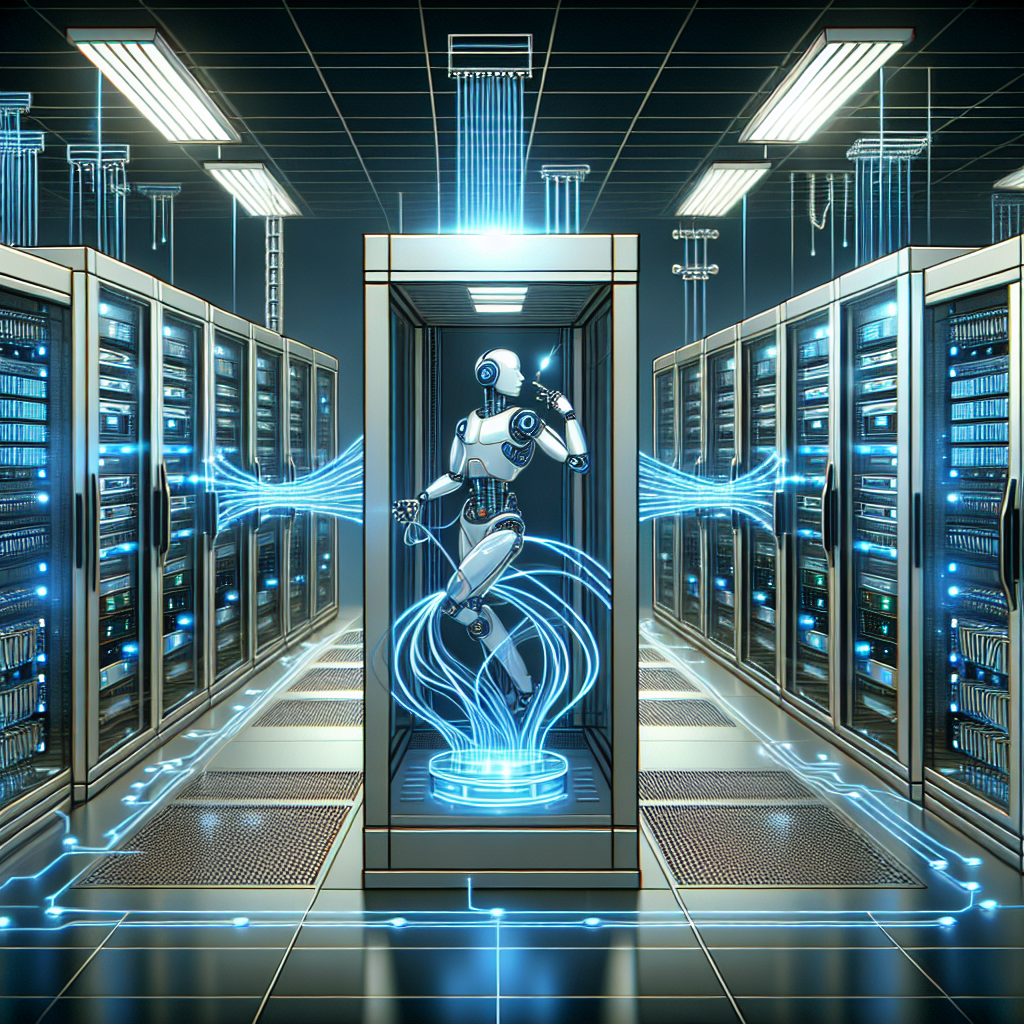Your cart is currently empty!
Future Trends in Data Center Cabling

As technology continues to advance at a rapid pace, data centers are constantly evolving to meet the growing demands of businesses and consumers. One area that is seeing significant advancements is data center cabling. With the increasing need for faster data transfer speeds, higher bandwidth, and more efficient connectivity, data center cabling is undergoing significant changes to keep up with these demands. In this article, we will explore some of the future trends in data center cabling that are shaping the industry.
One of the key trends in data center cabling is the move towards higher speeds and greater bandwidth. As businesses rely more heavily on data-intensive applications and services, the need for faster data transfer speeds is becoming increasingly important. To meet this demand, data center cabling is moving towards technologies such as Category 8 cabling, which can support speeds of up to 40 gigabits per second (Gbps) over distances of up to 30 meters. This higher speed and bandwidth capacity will enable data centers to handle the increasing volume of data traffic more efficiently.
Another trend in data center cabling is the adoption of fiber optic cabling. Fiber optic cabling offers several advantages over traditional copper cabling, including faster data transfer speeds, greater bandwidth, and longer transmission distances. As data centers continue to expand and handle larger amounts of data, fiber optic cabling is becoming increasingly popular for its ability to support higher speeds and bandwidth requirements. In addition, fiber optic cabling is also more reliable and secure, making it an attractive option for businesses looking to improve the performance and security of their data center infrastructure.
In addition to higher speeds and greater bandwidth, data center cabling is also evolving to be more energy-efficient. With the increasing demands on data center infrastructure, energy consumption has become a major concern for businesses. To address this issue, data center cabling manufacturers are developing more energy-efficient cabling solutions that can help reduce power consumption and lower operating costs. This includes technologies such as Power over Ethernet (PoE), which allows devices to be powered using the same Ethernet cable that transmits data. By integrating power and data transmission over a single cable, PoE can help reduce the amount of cabling and power supplies needed in a data center, resulting in cost savings and improved energy efficiency.
Another trend in data center cabling is the move towards modular and scalable cabling solutions. With the rapid pace of technological advancements, data centers need to be able to adapt and scale their infrastructure quickly and efficiently. Modular cabling solutions, such as pre-terminated cabling systems, allow data centers to easily add or remove cables as needed, without the need for extensive reconfiguration or downtime. This flexibility and scalability help data centers to adapt to changing business requirements and technology trends, ensuring that their infrastructure remains agile and future-proof.
Overall, the future of data center cabling is moving towards higher speeds, greater bandwidth, energy efficiency, and scalability. By adopting these trends, data centers can improve their performance, reliability, and efficiency, while also reducing costs and environmental impact. As technology continues to advance, data center cabling will play a crucial role in shaping the infrastructure of the future. Businesses that stay ahead of these trends and invest in the latest cabling technologies will be better positioned to meet the growing demands of the digital economy.

Leave a Reply